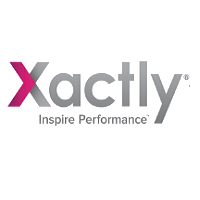
Xactly Corp
Xactly delivers a scalable, enterprise platform for planning and incenting sales organizations, including sales quota and territory planning, incentive compensation management, and predictive analytics. Using this powerful sales performance management (SPM) portfolio, customers mitigate risk, accelerate sales performance, and increase business agility. Combined with Xactly Insights™-- the industry’s only empirical big data platform, Xactly empowers companies with real-time compensation insights and benchmarking data that maximize the bottom line. With an open, standards-based architecture, Xactly seamlessly integrates within an enterprise’s existing infrastructure, with the ability to work with any ERP, CRM, or HCM application, while meeting the highest enterprise standards in security, reliability, and privacy.